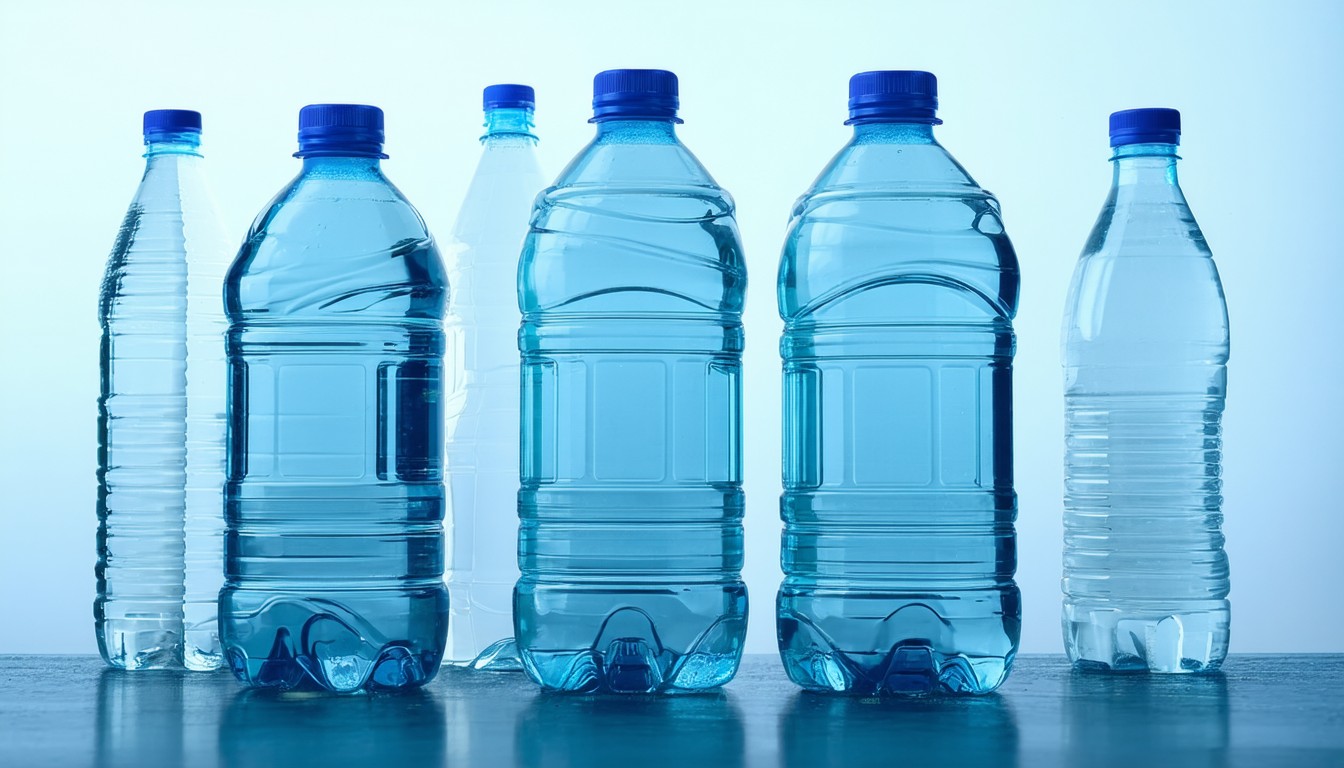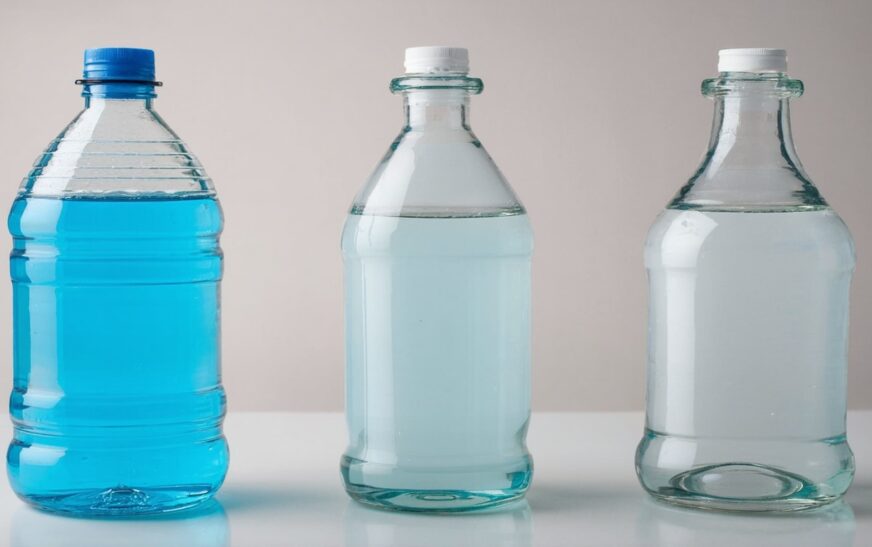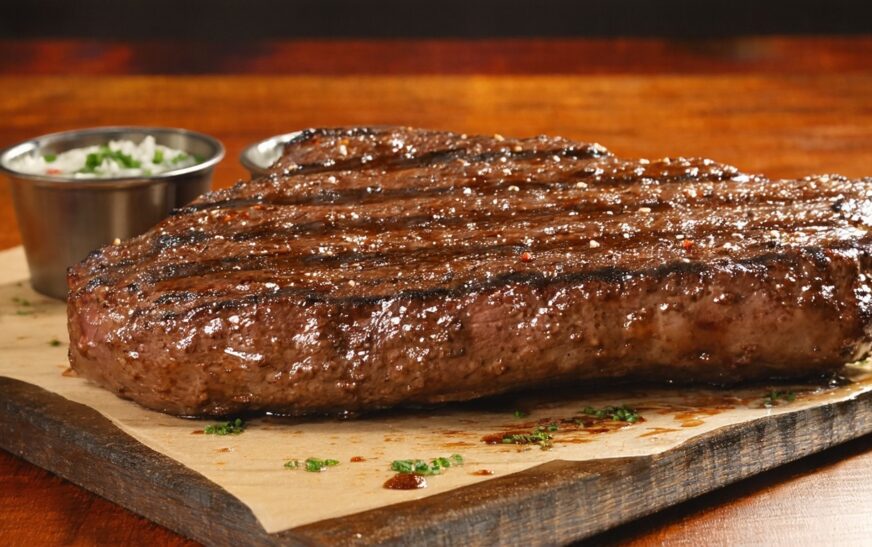Navigating the differences between gallons and liters is a common challenge, especially in a world that spans both metric and imperial measurement systems. While the metric system—anchored by liters—is the global standard, gallons still play a central role in the United States and certain other regions. Knowing the precise conversion between these units is essential for travelers, scientists, culinary professionals, and anyone dealing with international products or data.
For context, think about filling up a rental car in Europe versus the U.S. The gas pump displays liters abroad but gallons in America, which can lead to confusion about just how much fuel you’re actually getting or paying for. Similarly, home brewers and culinary experts often reference both systems based on recipe origins. Such scenarios highlight the importance of understanding the answer to a seemingly simple—yet globally relevant—question: How many liters are in a gallon?
The Core Conversions: U.S. Gallon vs Imperial Gallon
One of the first challenges is that the definition of a “gallon” isn’t universal. Two main standards exist:
- U.S. Liquid Gallon: The most common gallon measure in the United States.
- Imperial (UK) Gallon: Used in Britain and some Commonwealth countries.
U.S. Liquid Gallon to Liters
The U.S. liquid gallon is defined as exactly 3.785411784 liters. This figure is used in most U.S. governmental, commercial, and scientific contexts.
A simple way to remember:
– 1 U.S. gallon ≈ 3.785 liters
Imperial Gallon to Liters
The Imperial (UK) gallon differs notably:
– 1 Imperial gallon = 4.54609 liters
This means the Imperial gallon is about 20% larger than its U.S. counterpart—an important distinction for cross-border logistics, brewing, or scientific work.
“Misunderstanding the gallon standard can result in significant errors in everything from shipment calculations to recipe yields. Knowing which gallon is in use—U.S. or Imperial—can save professionals from costly mistakes.”
— Dr. Olivia Hansen, Measurement Standards Expert
Quick Comparison Table
| Unit | Liters (Approximate) |
|———————-|———————|
| 1 U.S. Gallon | 3.785 |
| 1 Imperial Gallon | 4.546 |
| 1 Liter (to US Gal) | 0.264 |
| 1 Liter (to Imp Gal) | 0.220 |
Real-World Applications and Industry Examples
Beyond the mathematical conversion, real-world scenarios make this knowledge practically indispensable.
International Automotive Industry
Automakers often need to convert fuel tank specifications for worldwide marketing. For example, a vehicle advertised with a 15-gallon tank in the U.S. might be listed as having a 56.8-liter capacity elsewhere (15 x 3.785 ≈ 56.8).

Food and Beverage Production
Culinary professionals dealing with recipes from different countries must accurately convert volumes. A British recipe calling for a gallon of stock expects 4.546 liters, not the 3.785 liters that an American chef might assume.
Scientific Research and Trade
Many scientific datasets, especially those relating to liquid volumes, require careful unit management. In international trade—such as wine exports from France to the U.S.—liquid commodities are often specified in liters, then converted to gallons for U.S. buyers.
How to Convert: Methods and Tips
While the underlying math is straightforward, practical tips and tools make conversions more manageable in everyday life.
Simple Calculation Methods
- U.S. Gallon to Liters: Multiply the number of gallons by 3.785.
- Imperial Gallon to Liters: Multiply by 4.546.
- Liters to U.S. Gallons: Divide liters by 3.785.
- Liters to Imperial Gallons: Divide by 4.546.
Mobile App Utility
Numerous smartphone apps and online calculators are available, allowing users to quickly input values and see the converted total. Many kitchen scales, automotive manuals, and even hardware stores now include both units as a nod to global standards.
Memorization Hacks
For those working internationally or cross-referencing data often, a rough “one gallon is about 4 liters” suffices for quick estimation. This approximation ensures errors remain minimal in informal or emergency settings.
Why the Difference Exists: A Brief Historical Context
The dual gallon standard traces back to history and the evolution of measurement systems. The U.S. gallon is based on the Queen Anne wine gallon adopted in 1707, while the Imperial gallon—established in 1824—emerged from a different reference (the volume of ten pounds of water at a specific temperature). Despite modern efforts to harmonize units, legacy systems endure in various fields and regions.
This divergence continues to pose challenges, particularly as international collaboration increases in science, manufacturing, and trade.
Metric System Adoption Globally
Today, the metric system (with liters as the universal liquid measure) is adopted by almost every nation. Exceptions remain, most notably the United States, which has resisted full metrication for a range of practical and cultural reasons. Canada and the UK represent hybrid cases—both countries use liters domestically for fuel, but gallons still appear in certain legacy contexts.
“The persistence of differing gallon standards is one of the most important—and overlooked—pitfalls in global trade and travel. Precision in unit conversion not only smooths business operations but also builds consumer trust.”
— Henry Sandoval, International Trade Consultant
Conversion Scenarios: Avoiding Common Pitfalls
To illustrate why knowing how many liters are in a gallon matters, consider these brief scenarios:
-
Traveling Abroad: An American traveler renting a car in France needs to fill up a tank labeled 40 liters. Knowing that one U.S. gallon is about 3.785 liters, they deduce the tank size is roughly 10.6 U.S. gallons—not the 15 gallons they might expect back home.
-
Global Logistics: An Australian beverage distributor receives a shipment labeled in U.S. gallons. A quick check reveals the container holds less volume than an Imperial gallon would.
-
DIY Projects: Online tutorials may specify paint or chemical quantities in one system or another. Accurate conversions prevent costly overbuying or shortages.
Concluding Summary
Understanding how many liters are in a gallon—and which gallon is in question—is essential in today’s interconnected world. The U.S. liquid gallon converts to about 3.785 liters, while the Imperial gallon equals 4.546 liters. From travel and trade to culinary arts and science, getting these conversions right reduces confusion and maximizes efficiency. As international standards continue to evolve, literacy in both metric and imperial units remains a valuable, practical skill.
FAQs
How many liters are in a U.S. gallon?
A U.S. liquid gallon is equal to 3.785 liters. This standard is widely used for everything from gasoline purchases to food products within the United States.
How many liters are in an Imperial (UK) gallon?
An Imperial gallon is defined as exactly 4.546 liters. It is commonly used in the United Kingdom and some Commonwealth countries.
Why is there more than one type of gallon?
There are two main gallons due to historical differences in measurement systems. The U.S. adopted the Queen Anne wine gallon, while the UK standardized on the larger Imperial gallon in the 19th century.
What is the best way to convert gallons to liters?
Multiply the number of U.S. gallons by 3.785 or the number of Imperial gallons by 4.546. For quick mental math, you can approximate a gallon as about 4 liters.
Does the metric system use gallons at all?
No, the metric system strictly uses liters and milliliters for liquid measurements. Gallons are only used in countries with imperial systems or as conversion references.
Are conversion differences ever significant in daily life?
Yes, especially in travel, international shipping, or recipes—using the wrong gallon can lead to significant volume miscalculations that impact cost, safety, or results.





